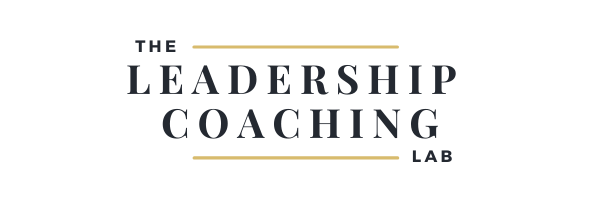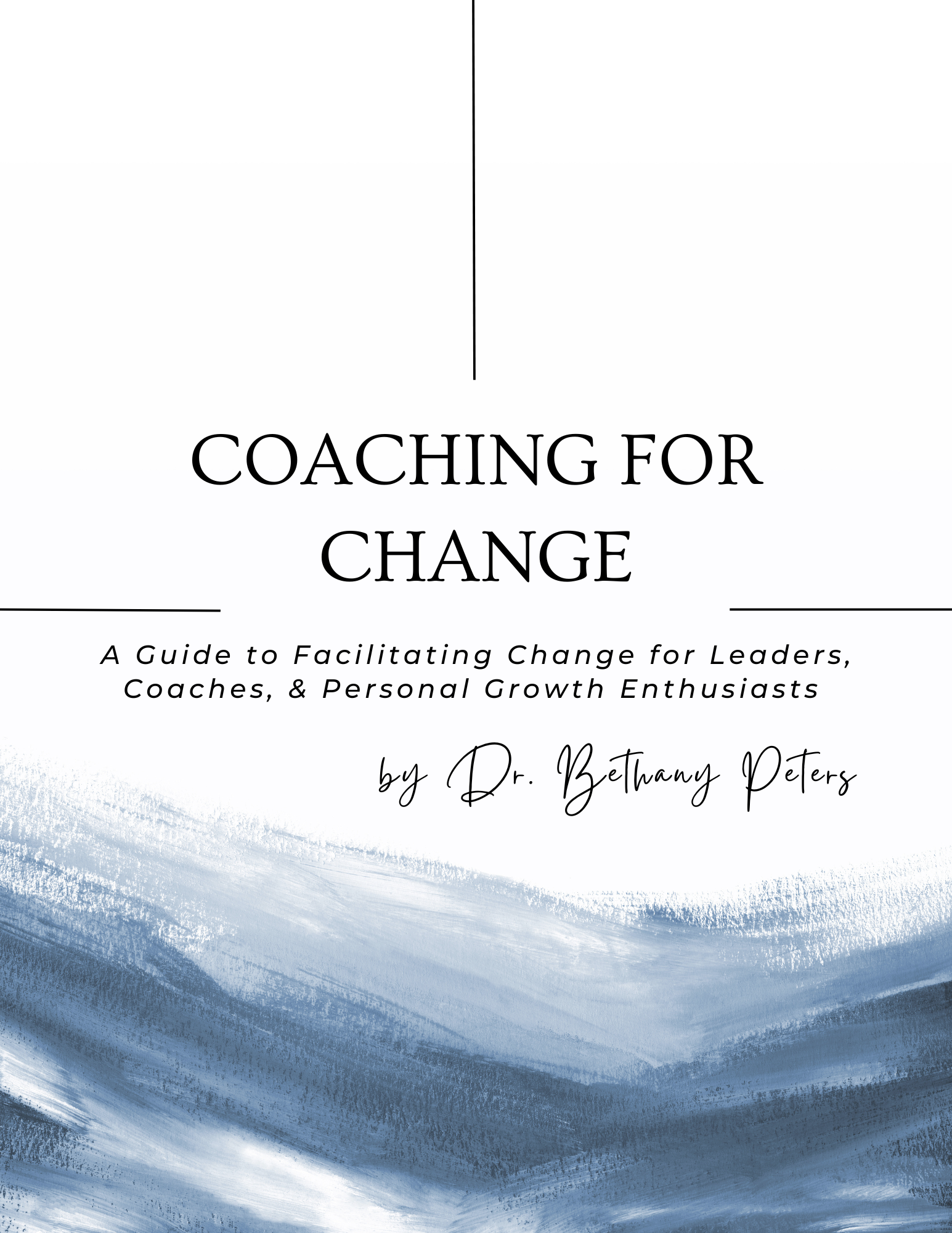Why You Need a Strategic Solo Leadership Retreat (and 3 Coaching Exercises to Do When You Get There)
Solitude is where I place my chaos to rest and awaken my inner peace.
—Nikki Rowe
Why Leaders Need Strategic Solo Retreats
If you're like most high-achieving, busy leaders, the idea of a solo retreat probably feels equal parts appealing and impossible.
You think about it when you're drowning in back-to-back meetings, when you can't remember the last time you had an original thought, or when you realize you've been making decisions based on exhaustion rather than strategy.
For most of us, it’s all too easy to slip into the steady day-to-day, letting meetings, emails, and urgent demands crowd out the space we need to think, reflect, and lead with intention.
Yet what sets the most effective leaders apart is that they treat solo retreats as a strategic necessity—an intentional pause that fuels clearer thinking, better decisions, and stronger leadership.
Here are two research-based reasons why carving out this time for yourself can transform the way you lead:
1. Reactive Leadership Is Costing You Strategic Clarity
When you're constantly reacting to what's in front of you—email, meetings, and crises—you lose perspective on the bigger picture. You can't see what's working, what's draining your energy, or where you need to pivot.
Not surprisingly, research reported in HBR confirms that opportunity for strategic thinking is a scarce resource amongst executives and leaders: Although 97% ranked strategic thinking as the leadership skill most essential to driving their organization forward, 96% claim they lack time for strategic thinking because they're too busy with day-to-day tactics.
However, according to research published in MIT Sloan, leaders who find a way to prioritize structured reflection see significant improvements in decision-making (+38%), team morale (+45%), and overall productivity (+32%).
A solo retreat creates space to think deeply, see patterns, and return with renewed vision.
2. Decision Fatigue Is Real (And It's Undermining Your Leadership)
Every day, you make hundreds of decisions—from the strategic to the mundane. According to research by The Decision Lab, as the number of decisions increases, the quality of those decisions declines, leading to mental exhaustion and cognitive overload. By the time you reach the decisions that truly matter, your mental resources are nearly depleted.
When you’re leading from a place of mental exhaustion, you may second-guess major decisions, lose alignment with your values and strategy, or slip into frustrating habits and patterns.
That's precisely why a solo retreat can serve as a reset for your decision-making engine. When you take a strategic break from the constant barrage of day-to-day choices and give yourself time to reflect and recalibrate, you reclaim the mental capacity to make the decisions that truly matter—those aligned with your purpose, values, and long-term vision.
Strategic solitude is where your best decisions start to take shape.
The best thinking is done alone, not in the crowd.
— Margaret Heffernan
3 Coaching Exercises for Your Solo Leadership Retreat
While many solo retreat guides focus on the crucial logistics of planning a retreat—where to go, how long to stay, or what mindset to bring—they often stop short of explaining what to actually do when you get there.
You know you need to reflect. But staring at a blank journal page while your mind is still taxed from what you didn’t tackle on your to-do list isn't exactly transformative.
The true value of a personal retreat isn't just in the pause; it's in the quality of the reflection that happens within that pause. Without a structured approach, your time away can feel aimless, and even the most profound insights can fade once you return to your daily routine.
To make your retreat a true catalyst for growth, you need meaningful reflection opportunities.
The following exercises will help you gain deeper insights to support long-term personal and professional growth.
1. Gibbs' Reflective Cycle
A solo retreat can be a great opportunity to deconstruct a single, significant experience—a major project success, a difficult conversation, or a challenging failure.
Gibbs' Reflective Cycle (1988) is a powerful framework that guides you through six stages to extract deeper learning from an event and create a concrete plan for the future.
Use this exercise when: There’s a specific event or occurrence that you need to process more deeply beyond a surface-level review, culminating in an actionable plan.
How to use it: Choose a specific event from the past few months that you want to analyze. Work through the six stages, using the prompts to guide your journaling.
Description: What happened?
Describe the event objectively, without judgment.
Who was involved?
When and where did it happen?
What was the outcome?
Feelings: What were you thinking and feeling?
What emotions did you experience before, during, and after the situation?
What were you thinking?
How do you think others were feeling?
Evaluation: What was good and bad about the experience?
What went well and what didn’t?
What did you contribute to the situation (positively or negatively)?
Analysis: What sense can you make of the situation?
Why did things go well or poorly?
What knowledge—your own, or from theories and literature—can help you interpret what happened?
Conclusion: What else could you have done?
What did you learn from this?
What skills do you need to develop to navigate a similar situation in the future?
Action Plan: If it arose again, what would you do?
What specific steps will you take based on what you’ve learned?
How will you ensure you act differently next time?
2. Role Transition Mapping
Marshall Goldsmith puts it well in his famous book title: “What got you here won’t get you there.”
Skills and behaviors that earned success in your previous role can easily become liabilities in your next one.
This exercise helps you diagnose what needs to change—and what you need to let go of.
Use this exercise when: You’ve been promoted, changed roles, or taken on new responsibilities and feel the gap between who you were and who you need to become.
How to use it: Create a three-column exercise on paper or in a document.
Role transitions create competency gaps and identity lag (when you’ve outgrown your old self)—especially if you’re still operating with old assumptions about your role, strengths, and what success looks like.
Examples:
The promoted engineer now leading a team who still dives into code instead of coaching.
The accounting manager who micromanages because attention to detail got them promoted.
The extraverted executive who says yes to everything, leaving them overwhelmed.
Use the template below to reflect on your previous success strategies and map out your future success formula.
What Got You Here
In the first column, outline 4-5 skills, behaviors, or identity markers that defined your past success.
Examples: Technical expertise, working long hours, fixing every problem, saying yes to everythingWhat Will Get You There
In the second column, outline 4-5 skills or behaviors your new role now requires.
Examples: Enabling others, setting boundaries, building systems, strategic delegation, having difficult conversationsYour Action Plan
In the final column, identify two behaviors to adjust - choose ones that will make the greatest difference in the next 30 days.
Use the start-stop-continue method organize your plan.
Start: New behavior(s) to adopt
Stop: Old behavior(s) to let go of
Continue: What still serves you
3. Personal SWOT Analysis
You've probably done a SWOT analysis for your business or team. But have you applied this strategic tool to your growth as a leader?
Use this exercise when: You need a comprehensive view of where you stand right now—your advantages, growth edges, recent wins, and opportunities ahead.
How to use it: Create a 2x2 grid with four quadrants. I recommend spending focused time on each quadrant—at least 30–45 minutes per section to allow for adequate reflection.
A Personal SWOT Analysis helps you assess your current status from four strategic angles:
S — What unique strengths do you bring?
W — Where are your growth edges?
O — What opportunities are you positioned to pursue?
T — And what threats might jeopardize your progress?
This framework provides a balanced, empowering perspective that honors both your achievements and your potential for growth.
Quadrant 1: Strengths (Top Left)
This quadrant celebrates your strengths—the skills, habits, and personal attributes that allow you to thrive. These are your tools for success.
Reflect on:
What did I do this year that felt aligned with my core strengths?
What qualities or skills helped me navigate challenges successfully?
When was I most energized or fulfilled in my work?
What can I reliably count on in myself during times of stress?
Write down everything that stands out—no matter how big or small. Honor these strengths. They're part of what makes you uniquely effective as a leader.
Quadrant 2: Weaknesses (Top Right)
This isn't about self-criticism—it's about self-awareness. Weaknesses are simply areas where you can develop, learn, and expand.
Reflect on:
What areas did I find difficult this year?
What recurring challenges held me back?
How did these challenges affect my goals, relationships, or impact?
What skills or capacities do I need to develop?
Be kind to yourself as you identify these areas. They're opportunities for growth, not markers of failure.
Quadrant 3: Threats (Bottom Right)
Look at the internal and external factors that could limit your growth or compromise your effectiveness. These may be patterns, blind spots, or environmental risks that make it harder to sustain your best work.
Reflect on:
What recurring challenges, habits, or mindsets could undermine my success?
What external factors (market shifts, team dynamics, personal constraints) might pose risks?
Where am I overextended or ignoring warning signs?
What’s at stake if I don’t address these risks?
Recognizing threats gives you valuable foresight. When you name what could derail you, you gain power over how to respond.
Quadrant 4: Opportunities (Bottom Left)
The final quadrant is about potential—where there's room for growth, expansion, and learning.
Reflect on:
What are the most important areas for me to develop?
What skills or habits will help me reach my next level of success?
What opportunities can I create by focusing on my growth areas?
What resources or support do I need to pursue these opportunities?
Identify specific, actionable steps you can take to create growth opportunities in the coming months.
Turning Reflection Into Your Leadership Reset
A solo retreat is a rare opportunity to step off the hamster wheel and think with greater clarity. By equipping yourself with powerful reflective coaching exercises, you can transform that precious time from a simple break into a strategic turning point for your leadership.
Resources for Planning Your Solo Retreat
- Top 10 Tips for Planning the Perfect Solo Retreat – A comprehensive guide covering everything from choosing a location to creating a loose agenda that supports your needs.
- It’s Time for Your Think Week – Learn how to structure your retreat using the Goal, Invest, Decompress, and Recharge framework, inspired by Bill Gates’ famous think weeks.
- How to Plan a Solo Retreat: Step-by-Step Guide – A detailed walkthrough on defining your intentions, choosing your location, and creating a daily rhythm that supports deep reflection.
Get the Complete Toolkit to Inspire Growth & Change
Get my free 60-page ebook featuring my 8-step process for growth and 80 powerful questions for coaching or reflection - designed for leaders, coaches, & personal growth enthusiasts.
You'll also join 2,000+ professionals who receive The Coaching Mindset, my newsletter for practical tips to inspire intentional growth and tools to take a coach approach.




